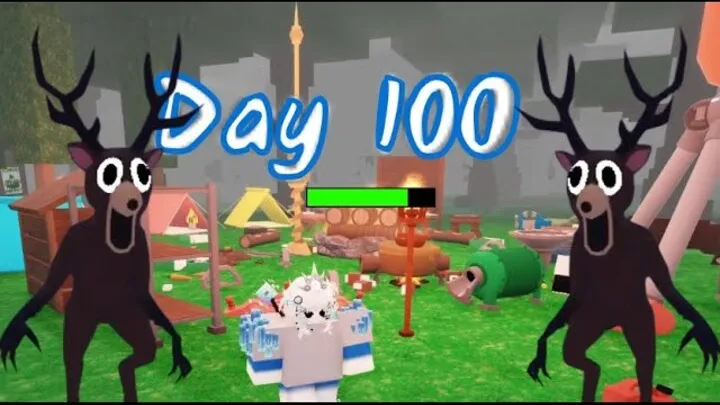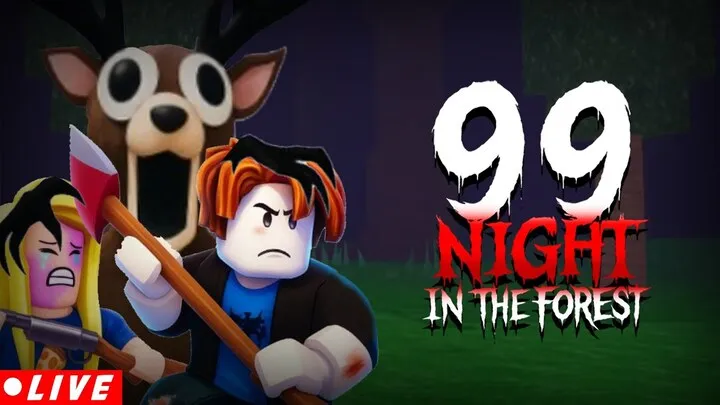Gorilla Tag has grown into one of the most dynamic VR multiplayer games, where movement is the game’s true currency. Among the most challenging and rewarding skills to develop is wall climbing. This mechanic doesn’t just make you look skilled—it’s also a survival tactic that can mean the difference between being tagged in seconds or escaping with style. While many players flail against walls endlessly, true mastery comes from understanding the physics, refining your arm movement, and controlling your stamina and mindset. This in-depth guide will walk you step-by-step through wall climbing in Gorilla Tag, covering everything from fundamentals to advanced strategies.

Understanding the Basics of Wall Climbing in Gorilla Tag
Before diving into techniques, it’s essential to know what wall climbing really means in Gorilla Tag. Unlike traditional climbing games, Gorilla Tag relies purely on your arm movements and physical gestures to interact with the environment. You don’t press a button to climb—you pull, push, and swing your way up.
Walls in Gorilla Tag aren’t uniform either. Some are smooth, requiring tighter arm control, while others are jagged, offering natural grip points. Understanding this difference early on helps you choose the right surface for practice. Players who immediately attempt vertical climbs on smooth walls often get discouraged. Start where friction is on your side.
Building the Right Physical Setup for Success
Your real-world environment matters. Since Gorilla Tag is physically demanding, having enough play space is critical. Clear at least a 2x2 meter area to avoid injuries. A ceiling that’s too low can interfere with your swings, while clutter around you can break immersion and cause accidents.
Also, wrist straps on VR controllers are non-negotiable. Dropping a controller mid-swing not only breaks your rhythm but can also damage your gear. Think of your physical space as your training gym.
Learning Arm Positioning and Motion Control
Arm control is the core of climbing. Beginners often slam their arms wildly against walls, thinking force equals height. The truth is precision matters more than raw energy.
Position your hands slightly outward, mimicking the shape of a “V.” Each time you push off the wall, angle your arms inward to catch yourself again. Imagine squeezing the wall between your hands and pulling yourself upward. By creating a consistent rhythm, you maintain upward momentum without burning out your arms in seconds.
Practicing on Beginner-Friendly Walls
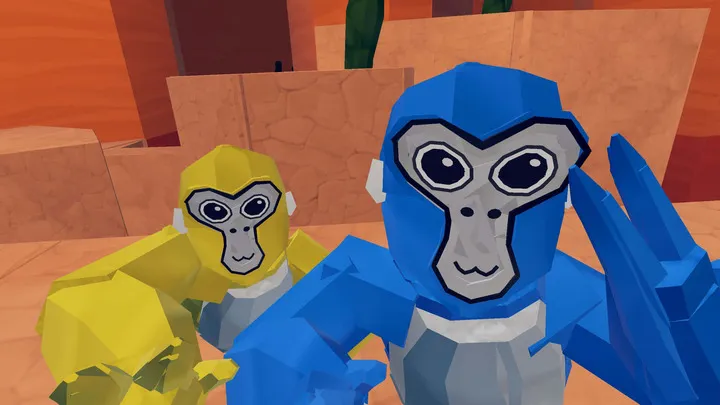
Not all walls are equal, and some are perfect training grounds. Slanted walls are the best place to start because they forgive mistakes. When you slip, you slide instead of falling straight down, giving you time to reset.
Here’s a recommended progression list for practice:
- Slanted training walls – Learn rhythm and control.
- Jagged walls with breaks – Practice alternating your hands.
- Straight vertical walls – Build strength and stamina.
- Curved structures – Refine your adaptability and grip control.
By following this sequence, you gradually build both confidence and muscle memory without burning out.
Mastering Momentum and Rhythm
The rhythm of wall climbing mirrors drumming. Each hit has to follow a consistent beat. Swing too fast, and you’ll lose grip. Swing too slow, and gravity pulls you down.
A helpful technique is counting in your head—“one-two, one-two”—each time your hands make contact. This mental cue helps synchronize movements. Over time, the rhythm becomes second nature, freeing up your focus for strategy rather than mechanics.
Momentum also comes from your whole body. Leaning slightly forward as you climb helps maintain pressure against the wall, ensuring your arms don’t lose contact.
Breathing and Stamina Management
Wall climbing is as much about endurance as technique. New players often tire themselves out in less than a minute because they panic-climb. Learning to pace yourself is vital.
Take breaks by “hugging” the wall. Pull yourself in and hold with light pressure while breathing steadily. This pause buys you a few seconds to recover before continuing upward. Just like real rock climbers, stamina conservation is what lets you reach the top instead of giving up halfway.
Advanced Techniques for Faster Climbing
Once you’ve nailed the basics, you can add more advanced moves to your repertoire.
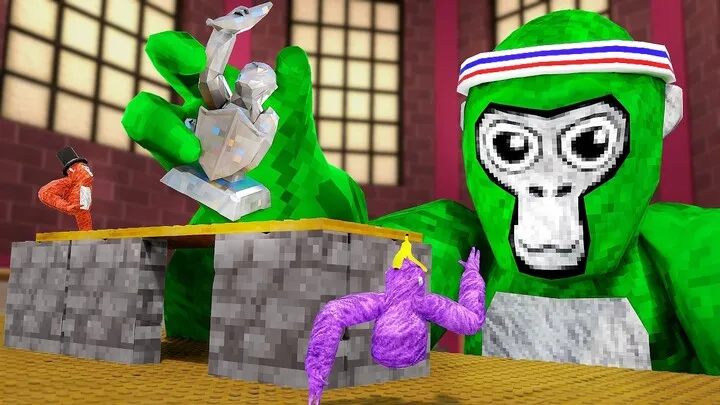
- Wall Hopping: Instead of sticking to one wall, bounce between two close walls. This creates upward momentum with less strain on your arms.
- Micro-Slides: Allow controlled mini-slides downward to reset your arms and continue climbing without falling completely.
- Corner Climbs: Use intersecting walls to “pinch” yourself upward with alternating pushes.
These techniques not only make you faster but also unpredictable, which is essential in chase scenarios.
Using Wall Climbing in Competitive Play
In Gorilla Tag, climbing isn’t just for show—it’s tactical. High ground offers both visibility and safety. When being chased, scaling a wall can create distance between you and a tagger. Conversely, as the tagger, climbing walls helps you cut off escape routes.
The key is unpredictability. If you always climb the same wall in the same way, experienced players will anticipate your move. Mix in wall hopping or sudden shifts in direction to keep opponents guessing.
Overcoming Common Mistakes and Frustrations
Almost every beginner makes the same mistakes:
- Overpowering movements – Wasting stamina by swinging too hard.
- Flat hand placement – Losing grip because hands aren’t angled.
- Skipping slanted walls – Jumping straight to vertical climbs too soon.
The solution is patience and practice. Record your gameplay if possible, and watch your hand positions. Small adjustments, like angling your hands differently, often solve problems faster than brute force attempts.
Building a Long-Term Climbing Routine
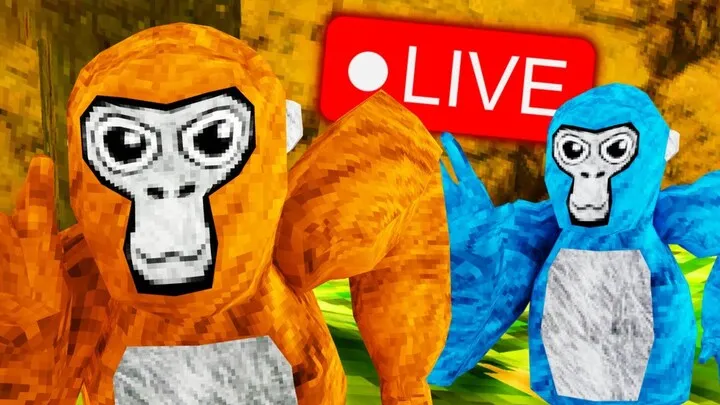
True mastery comes from consistent practice. Create a structured routine instead of random attempts. For example:
- Day 1–2: Focus on slanted walls (20 minutes per session).
- Day 3–4: Add jagged walls to refine control.
- Day 5–6: Mix vertical climbs with wall hopping.
- Day 7: Test skills in live matches.
Over weeks, this builds not just physical endurance but mental discipline, making climbing an instinct rather than a struggle.
Conclusion
Wall climbing in Gorilla Tag isn’t simply a flashy trick—it’s a survival skill and competitive edge. From mastering arm control to conserving stamina and executing advanced techniques, climbing transforms how you navigate the VR jungle. Patience, rhythm, and persistence are the cornerstones of improvement. By dedicating time to structured practice, you’ll not only escape faster but also dominate matches with unpredictable, high-level movement.















